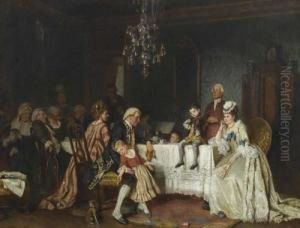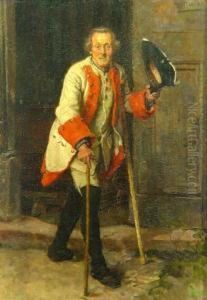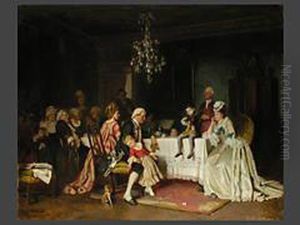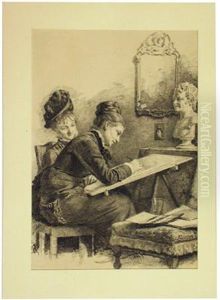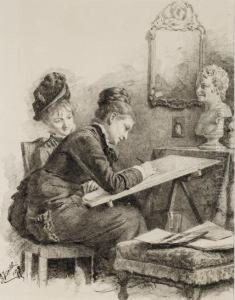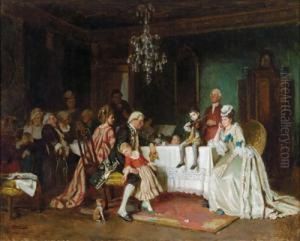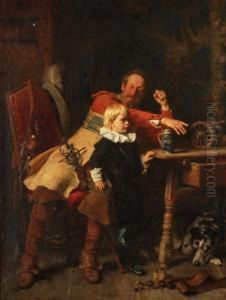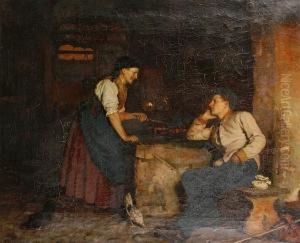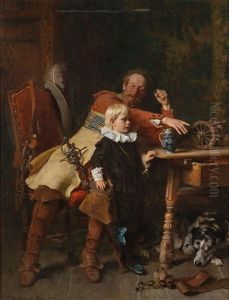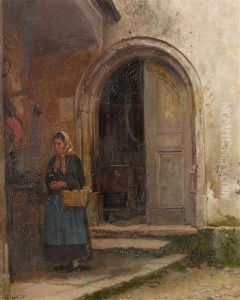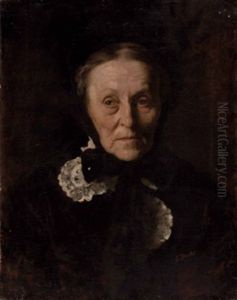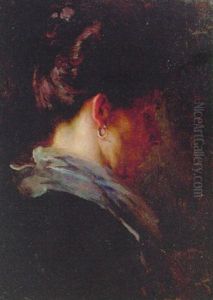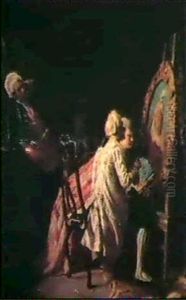Gabriel Von Hackl Paintings
Gabriel von Hackl was a prominent German painter and art professor, born on August 11, 1843, in Regensburg, Bavaria. His full name was Johann Gabriel Friedrich Hackl, and he grew up in a culturally enriched environment that fostered his early interest in art. Hackl's artistic journey began at the Academy of Fine Arts Munich, where he was trained under the guidance of influential artists such as Philipp Foltz and Alexander Strähuber. His education was comprehensive, covering both historical and genre painting, which laid a strong foundation for his diverse artistic career.
After his studies, Hackl embarked on a path that would see him becoming one of the most respected educators in the German art scene. He initially taught at the Weimar Saxon-Grand Ducal Art School before returning to Munich to join the faculty at the Academy of Fine Arts. His teaching career spanned several decades, during which he influenced a generation of artists, including notable names who would go on to make significant contributions to the world of art. Hackl's pedagogical style was rigorous yet inspirational, emphasizing technical skill, historical knowledge, and creative expression.
As an artist, Gabriel von Hackl was known for his historical scenes, genre paintings, and portraits. His work is characterized by meticulous attention to detail, vibrant coloration, and a dynamic composition. Hackl had a particular talent for capturing the essence of his subjects, whether depicting scenes from history or everyday life. He participated in numerous exhibitions throughout Germany and beyond, earning accolades for his artistic achievements.
Hackl's contributions to art were recognized with several honors during his lifetime, including being awarded titles and medals by various art institutions and states. His legacy is not only in his paintings but also in his impact as an educator, having shaped the artistic sensibilities and techniques of countless students.
Gabriel von Hackl passed away on February 2, 1926, in Munich, leaving behind a rich body of work and a lasting influence on the art world. Today, his paintings can be found in museums, galleries, and private collections, testament to his skill and creativity as an artist. Through his contributions both as an educator and as a painter, Hackl played a significant role in the development of 19th and early 20th-century German art.
